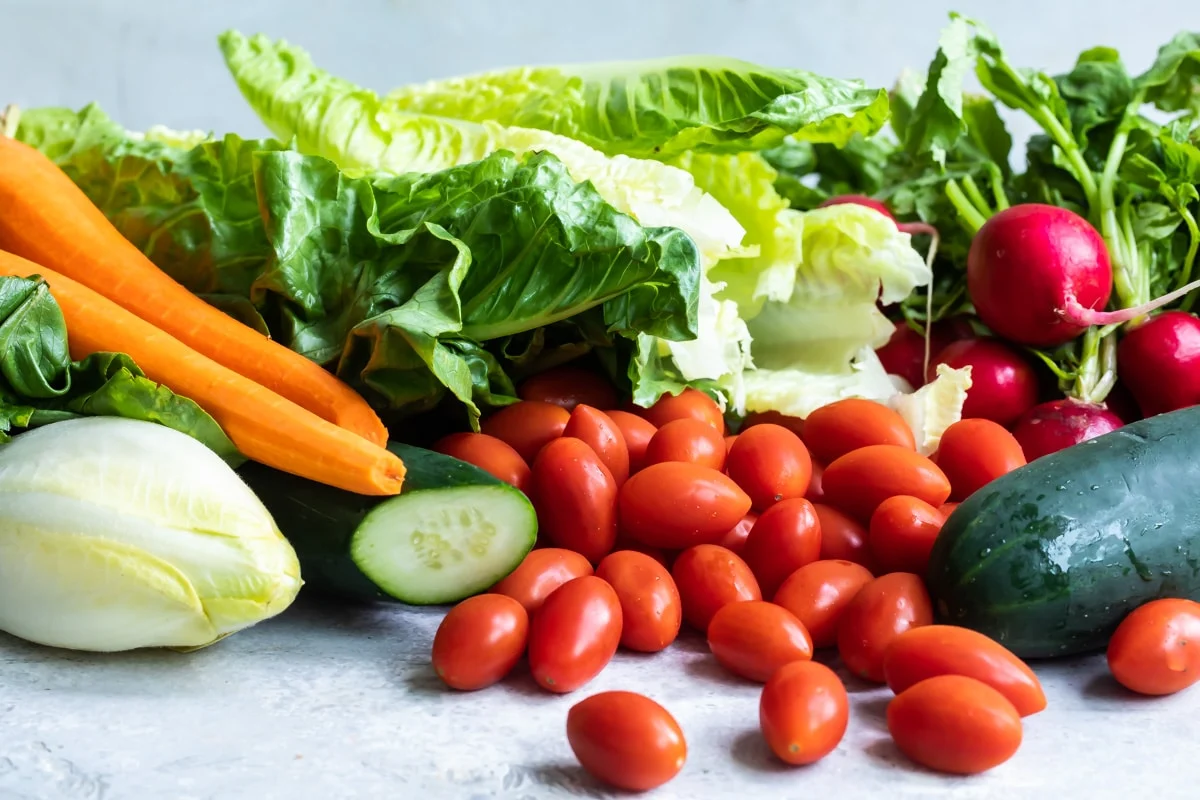Introduction
Harvesting vegetables at the right time is to maximize flavor and ensure the freshest taste. Whether you have a large garden or a modest balcony, knowing and how to harvest your can greatly enhance the quality of your produce. In ultimate guide, we explore the importance of vegetables for fresh flavor and you with valuable tips and techniques to help you achieve the most delicious results.
Understanding the Importance of Harvesting Vegetables for Fresh Flavor
The flavor of vegetables is greatly influenced by the moment they are harvested. Nutrients and sugars play a significant role in determining taste, and these compounds develop and change as the vegetable matures. When harvested too early or too late, vegetables can lose their flavor and become bland or tough. That’s why it is essential to understand the importance of harvesting at the right time to preserve the best taste possible.
Best Time to Harvest Vegetables: Timing is Everything
Timing is everything when it comes to harvesting vegetables. Each variety has its own optimal harvesting window, and recognizing the signs of readiness is vital. For example, tomatoes are best picked when they are fully colored but still slightly firm, while lettuce should be harvested before it starts bolting and turning bitter. Researching the specific harvesting times for your chosen vegetables is key to ensuring the freshest flavor.
Methods of Harvesting Vegetables: Doing it the Right Way
Different vegetables require different harvesting methods. Some vegetables, such as carrots and radishes, can simply be pulled out of the ground, while others, like peppers and eggplants, need to be cut carefully from the plant. It is important to use sharp and clean tools to prevent damage and contamination. Additionally, handling vegetables with care during harvest helps maintain their quality and flavor.
How to Harvest Vegetables for the Freshest Flavor: Step-by-Step Guide
Here is a step-by-step guide to harvesting vegetables for the freshest flavor:
1. Begin by checking the specific harvesting times for each vegetable you are growing.
2. Inspect the vegetables for signs of readiness, such as color, size, and texture.
3. Use clean and sharp tools to harvest the vegetables, making sure not to damage the plants or neighboring produce.
4. Place the harvested vegetables in a clean container or basket to avoid bruising or crushing.
Tips for Harvesting Vegetables: Enhancing Flavor and Quality
To enhance the flavor and quality of your harvested vegetables, consider the following tips:
1. Harvest vegetables early in the morning or late in the evening when the temperatures are cooler. This helps preserve their freshness and crispness.
2. Avoid overripe vegetables as they may have a less desirable taste and texture.
3. For leafy greens, harvest outer leaves first, allowing the inner ones to continue growing.
Harvesting Vegetables from Your Own Garden: Homegrown Goodness
There is nothing quite like the satisfaction of harvesting vegetables from your own garden. Growing your own produce gives you complete control over the cultivation process, ensuring the freshest and most flavorful vegetables on your plate. Plus, homegrown vegetables are free from pesticides and chemicals, adding an extra layer of goodness to your meals.
When and How to Pick Vegetables for the Best Flavor
To pick vegetables for the best flavor, follow these general guidelines:
1. Harvest cucumbers and zucchinis when they are small and tender. Larger specimens tend to become tough and bitter.
2. Beans and peas are best picked when the pods are firm, crisp, and full.
3. Pumpkins and winter squash should be left on the vine until the skin becomes hard and cannot be easily pierced with a fingernail.
Harvesting Vegetables at Peak Freshness: Maximizing Flavor
Harvesting vegetables at peak freshness guarantees maximum flavor. By paying attention to each vegetable’s specific signs of maturity, you can enjoy the best possible taste. Avoid leaving vegetables on the plant for too long, as they may become overripe and lose their flavor. With practice, you’ll become adept at determining that sweet spot when vegetables are bursting with freshness.
Harvesting Vegetables for Optimal Taste: Tips and Techniques
To harvest vegetables for optimal taste, remember these tips and techniques:
1. Gently handle the vegetables to prevent bruising and damage, which can affect their quality and taste.
2. Cut or twist fruits and vegetables from the plant rather than pulling them, as it reduces stress on the plant and minimizes damage.
3. Harvest leafy greens frequently to encourage continuous growth and maintain supreme taste.
Knowing When to Harvest Vegetables: Signs of Readiness
Knowing when to harvest vegetables relies on recognizing signs of readiness. Here are some common signs:
1. Color: Vegetables should exhibit their characteristic color when ripe.
2. Texture: Vegetables should feel firm but not hard, with a desired crispness or tenderness, depending on the variety.
3. Size: Harvest vegetables at their ideal size to ensure optimum flavor and texture.
Conclusion
Harvesting vegetables for the freshest flavor is an art form that requires careful attention and understanding. By knowing the right time to harvest, using proper techniques, and following helpful tips, you can enjoy the full potential of your homegrown produce. Investing time and effort into harvesting vegetables at their peak ensures a bountiful and flavorsome harvest that will elevate your culinary creations to new heights.

